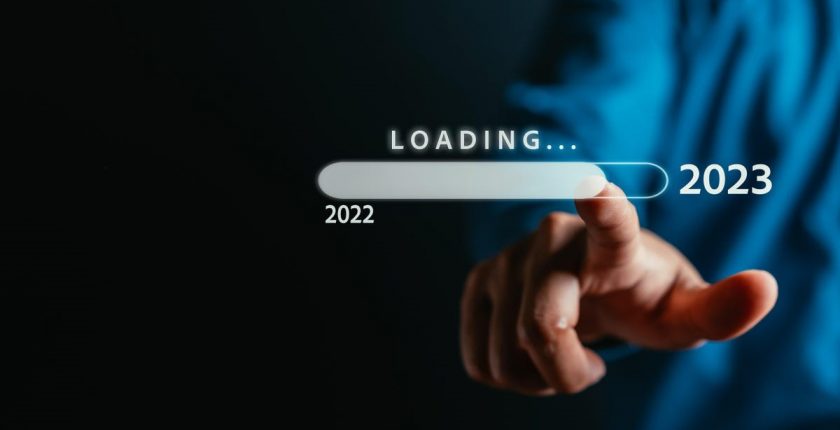Predictions and Trends For ESG And Sustainability In 2023
Businesses of all sizes and industries are increasingly placing a premium on their sustainability practices. To effectively implement a sustainability plan in 2023, a thorough familiarity with various sustainability issues, such as supply chain management and disclosure requirements, will be essential.
Predictions and Trends for ESG and Sustainability in 2023
Expect improved measurement
2023 will see a movement to standardise how marketers assess digital advertising’s carbon emissions. If you use adland carbon calculators, you’ll probably get multiple different responses to the same problem: “How much CO2e did this ad produce?” As with any complicated subject, there are a million ways to interpret and compute the data.
Advertisers may utilise the lowest score available to achieve their Net Zero obligations, not the appropriate one. So expect adland to decide what should and shouldn’t be featured. Two-thirds of UK marketers feel there aren’t enough ESG and sustainable advertising training programs. Therefore I expect advertisers will concentrate on education.
Business and ethics will drive change.
Next year, more businesses will employ green media techniques that boost ad performance. In challenging economic circumstances, some consider sustainability a “good to have.” Many studies have shown that ethical media practices don’t hurt campaign performance or boost ROI.
Sustainable credentials drive purchases.
ESG is a big concern for global businesses. Many embrace sustainable practices because they recognise their relevance for long-term economic success. This is particularly true in APAC, where eight in ten customers base their purchasing choices on a brand’s sustainable policies.
Encourage progressive principles
Consumers are pressuring businesses to be more socially and environmentally responsible. One million digital ad impressions produce one metric ton of CO2e. A London-to-Boston aircraft emits the same amount. In 2023 and beyond, marketers will resort to carbon-neutral ad programs, which analyse their CO2 footprint and offset it using carbon capture projects.
Advertisers will also give back by making it appear in their campaigns every time a user clicks on an ad or watches a video, encouraging a more progressive value exchange with viewers and conveying a powerful message promoting favourable brand associations.
Increased stakeholder expectations will drive change.
As the UK, EU, and US policymakers tighten ESG disclosure criteria in 2023; corporations will be forced to identify their scope 3 emissions, including those throughout the media procurement chain. This, together with higher stakeholder expectations, will spur industry action.
Transparency and cooperation will improve, and the industry will unite on measurement and responsibility. As the advertising sector matures, regenerative marketing will become mainstream. We’ll also explore how brands, agencies, and publishers incorporate sustainability into their core business to achieve innovation, growth, and success.
Statements must make a difference.
The purpose is here to stay, but it’s time to transform nice-sounding platitudes into genuine change. In 2023, there will be an increased push to measure and deconstruct what’s actually sustainable and make it actionable.
Brands and leaders must motivate and mobilise stakeholders to join the urgent shift or be left behind. ESG must pervade the company, from leadership to tractors on the road. 2023 will be exciting, so be prepared.
Greenwashing crackdown will intensify.
The advertising sector will stop making platitudes about reducing its environmental effect in 2023. We know our environmental effects and how to cut carbon emissions. Next year, brands, agencies, and ad tech businesses will pledge to net-zero emissions by 2030.
Greenwashing will be punished alongside public promises. Businesses must be transparent about how their operations and supply chain harm the environment and how they aim to lessen that effect or risk being accused of greenwashing.

